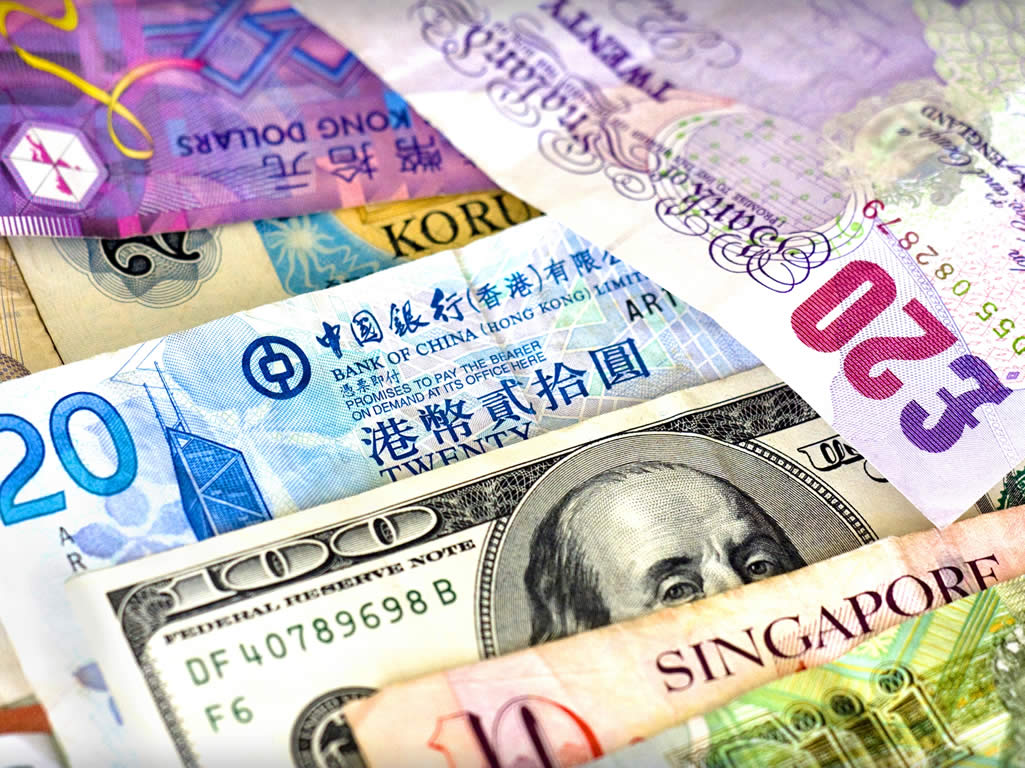W e all love a stable currency. It is the basis of our daily business, both foreign and domestic. None want it more so than central banks, which are mandated to safeguard the currency’s value, like knights defending their honor. But how do you provide a semblance of stability for something inherently volatile?
We know few governments can survive a currency crisis. That is why foreign exchange rate moves are the bane of any commanding government. As foreign exchange is a means of global interaction; controlling it is not all in the government’s hands, because both foreign and domestic demands determine exchange rates. So, no matter how many capital controls are in place, the market can exert its will if enough momentum is built.
The Central Bank of Iran learned this the hard way when it lost control of the rial in 2012. A combination of deficient economic policies and financial sanctions increased pressure on exchange rates and weakened the CBI’s power, instigating the devaluation. The rial lost 70 percent of its value against a basket of major currencies in less than a year as the situation snowballed out of control.
Neither reassuring comments by high ranking officials including former CBI governor Mahmoud Bahmani nor the bank’s sale of large amounts of its foreign reserves stopped what has been called by some as a currency collapse. When the central bank ordered the bureaux de change to halt all their transactions, trading moved to the black market. There was also a crackdown by security forces on traders, with little effect.
Much has changed since then. The economy is on the path to recovery, as the new government implemented better fiscal policies. Iran’s standing with the world is improving as negotiations with the world powers over its nuclear energy program eased the siege on its economy. The central bank’s foreign reserves have also been augmented due to the latter.
Now the bank’s incumbent governor Valiollah Seif is seeking to change the foreign exchange market’s structure, to avoid a repeat of 2012.
It is sorting out bureaux de change permits and raising its supervision on their activities using a new electronic system called Sana. Furthermore, the bank has created a bureaux de change association to both increase coordination between the bureaux and create more transparency about pricings. The association will publish price quotes on an hourly basis, averaging trades that were registered in Sana. It will also settle the opening and closing prices of each trading session.
One of the aims of these moves is eliminating black market currency trading, which in official words “creates price volatility”.
The central bank is also working on a framework to allow forward or future contracts. Derivatives have always been used to hedge. Here the intention is the same: providing a financial instrument to help firms insure themselves against volatility.
But not all seems to be rosy if all the changes or their results are considered.
First off, more CBI oversight in such an undeveloped market is welcome, in a regulatory sense, but only if attitudes towards the currency market change. Sadly, the anti-market spirit persists in the top brass of the government.
“Our target for the introduction of forward or future trade is to help commercial and specialized banks, exporters and importers cover their risks; not for the benefit of profiteers,” Samad Karimi, a top CBI executive said on Tuesday. Similar comments have been made by other official, not withstanding that many commercial firms and vested state interests also had a hand in exchange rate fluctuations in 2012 and profited from it, nor the fact that the reason behind the recent currency crisis was Iran’s atrocious economic situation.
The CBI’s attitude towards the market is also highlighted by keeping a ban on online currency trading. Surely, we must understand that without creating room for speculation and trading the market will remain too shallow and illiquid, hurting the very purpose the CBI wants to serve: stability. A shallow and illiquid market is too easy a target for manipulation by any single party.
On the other hand, if the central bank was to ease foreign exchange trading and move it online, the market’s depth would be such that the bank would become the sole party able to oversee and influence exchange rates. It is sterling’s high trade volume that limits its biggest daily shifts to 2 to 3 percent, not Bank of England limits on trading and capital controls.
As far as the case for stabilizing foreign exchange rates and preventing devaluations goes, exchange rates are a byproduct of a country’s economic condition. Making better economic policies, more efficient fiscal spending and providing for stable foreign relations would help achieve this elusive target.
Looking into the future, the central bank and other policymakers should do all they can to both better regulate and boost all forms of foreign exchange trade, in turn enhancing the market’s liquidity and transparency. Only then, can we hope to successfully float the rial; and after all, a transparent and liquid foreign exchange market is precisely what is needed when Iran opens its doors to more foreign trade.


